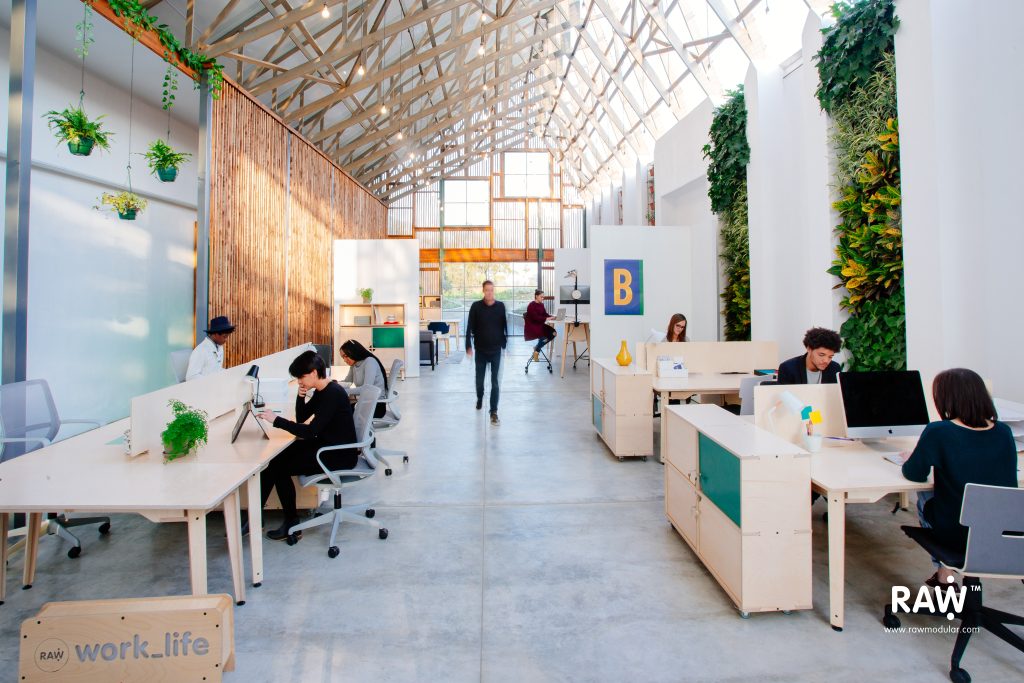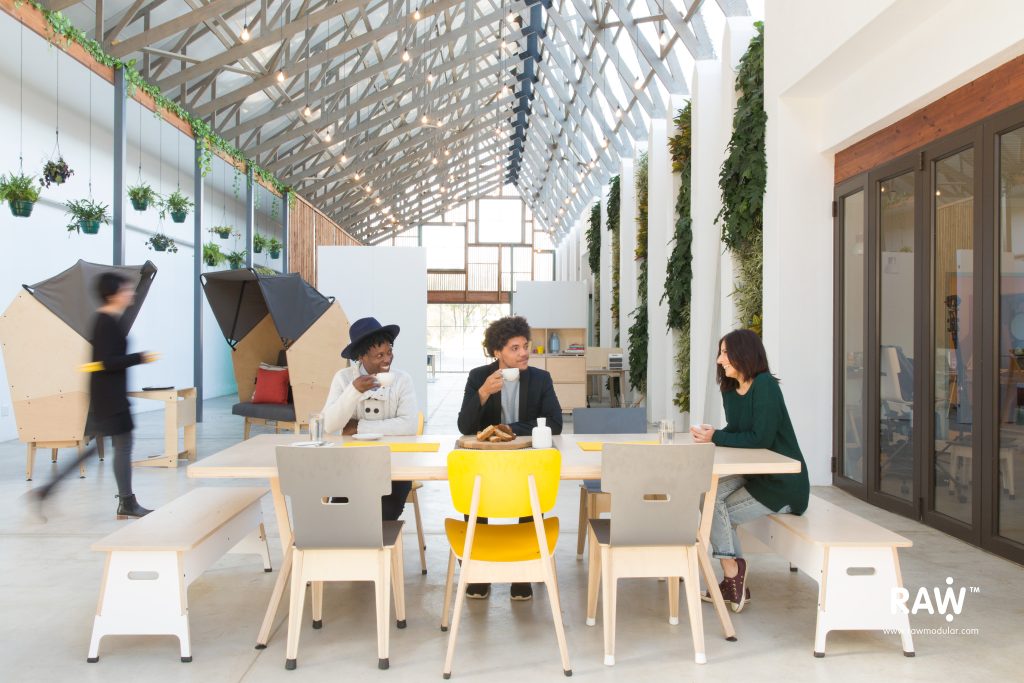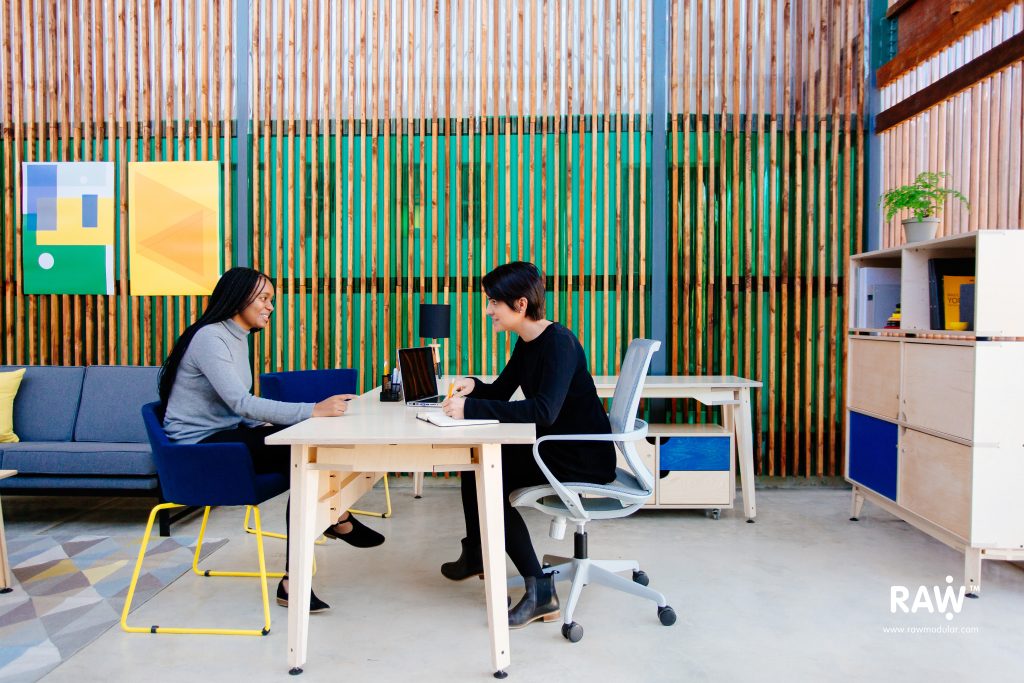Hallo, Hybrid Office
Posted on | No Comments |
When it comes to the new hybrid office movement it is important to distinguish between the ‘hybrid office’ concept and ‘hybrid office design’.
A ‘Hybrid Office’ typically refers to the change withing companies to a more flexible approach as to where employees work. Where in the past we used to be full-time office bound, the hybrid office allows a greater flexibility through a combination of working in the office and remote working to suit employees’ needs.
‘Hybrid Office Design’ refers to the physical changes in our traditional office spaces to accommodate various types of workspaces. In the past few years we’ve experienced a change from cubicles, to open plan, to assigned workstations and hot-desking, to now having to provide a combination of various spaces within the office. This movement has been slowly creeping into our work environments and was sped up by the recent COVID-19 global pandemic.
An example of this new Hybrid Office Design is LinkedIn’s new flagship office that, due to the onset of COVID pandemic, changed their original traditional office space layout, with traditional desks and meeting rooms, to a hybrid design. Going from 1080 individual workstations to 569 workstations and non-traditional setups.
When interviewing the designers the word ‘experimenting’ gets used a lot, and a shift to ‘Designing for the unknown’.
Designing for the unknown. Designing for the unknown?!
If the hybrid office concept is here to stay, it means the office of the future will not be fully occupied all the time. Why then provide a hybrid designed workspace at all? Won’t we just be replacing empty desks with empty seating pods?
There is however the argument that the traditional office space isn’t dead, and when asking why people will return to the office at all this article in the Harvard Business Review, gives us an answer to it:
The latter (the office) will become primarily a culture space, providing workers with a social anchor, facilitating connections, enabling learning, and fostering unscripted, innovative collaboration.
It seems the office will remain a place for human moments, for water-cooler networking and spontaneous opportunity for juniors to learn from senior colleagues, but in today’s economic climate not all companies have the capacity or financial security to change things up to what is ‘trending’ now.
The challenge for designers will thus be to find a mutually beneficial midway where we can create the flexibility and comfort of home within the existing traditional office structures, without breaking the bank.
At Raw we’ve always been intrigued by the idea of a hybrid office space, and completed a project in 2018 with this exact ‘hybrid’ way of thinking.



We are following these trends with interest and will keep building office solutions that simplify the way you work and live.
